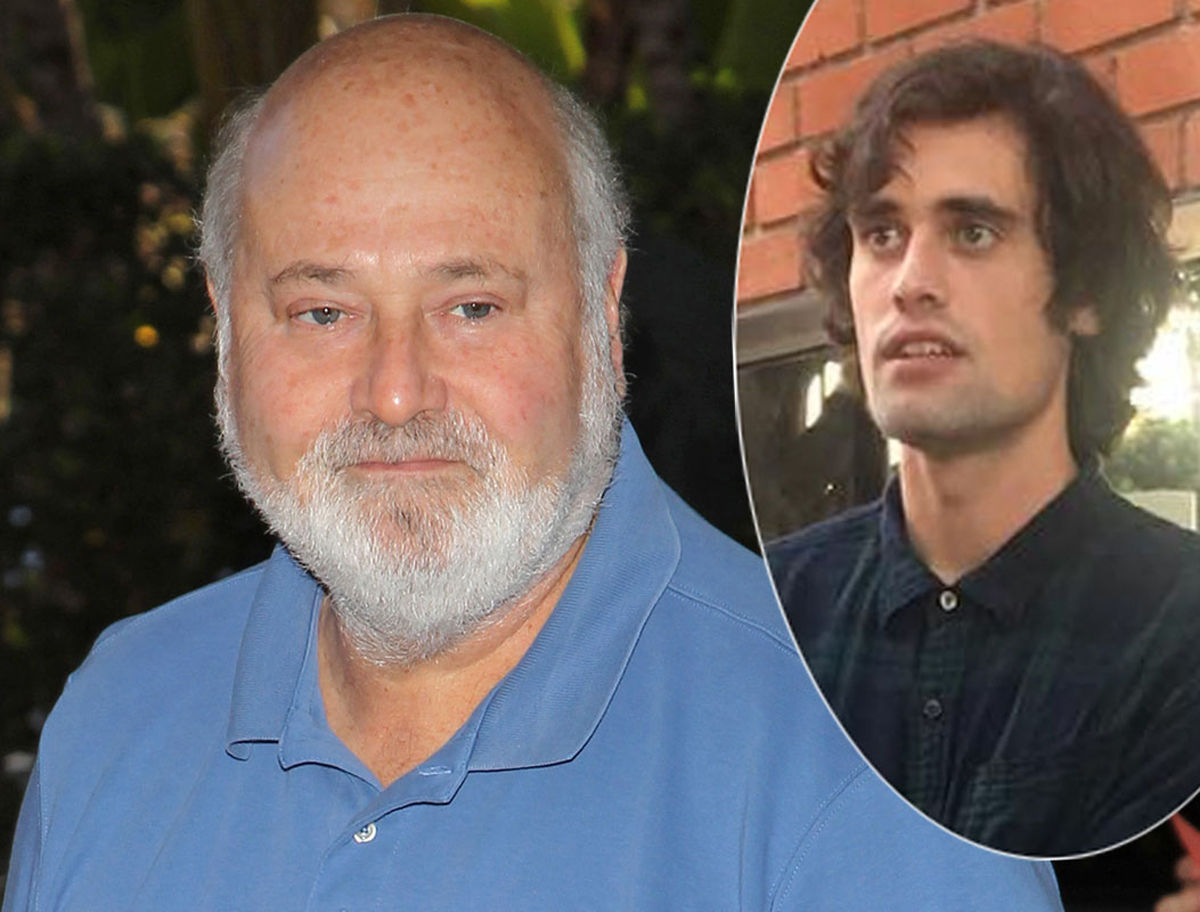Move over Jason and Freddy, these are the icons that have captured our hearts (by ripping them from our chests) since the year 2000.
October is defined in Webster’s Dictionary as “31 days of horror.” Don’t bother looking it up; it’s true. Most people take that to mean highlighting one horror movie a day, but here at FSR, we’ve taken that up a spooky notch or nine by celebrating each day with a top ten list. This article about the best modern horror movie icons is part of our ongoing series 31 Days of Horror Lists.
Freddy Krueger. Jason Voorhees. Michael Myers. The list of horror movie icons that have become pop culture staples can go on and on. The one thing all these villains have in common, though? Each was introduced well over 35 years ago. The characters certainly still have legs to stand on. But it does beg the question: who are our “new” horror icons? You know, the ones that can give Freddy, Jason, and Michael a run for their money?
To be fair, there really is no 1-1 proxy between modern-day icons and our favorite slashers of the 1980s. We’ll likely never catch lightning in a bottle like Freddy Krueger ever again. But modern icons aren’t really interested in rehashing everything that’s worked before. Yes, some do feel like they were born in the gutters of 42nd Street, but raised as a Hollywood blockbuster. More often than not, though, these characters come to represent our thoroughly modern anxieties, from societal problems to family trauma, and everything in between.
We here at The Boo Crew have a finger on the pulse of the latest and greatest horror characters that have quickly evolved into our modern-day icons. As voted on by Brad Gullickson, Chris Coffel, Meg Shields, Rob Hunter, and yours truly, these are the ten characters that have been seared into our brains since the year 2000.
10. Sam (Trick ‘r Treat)

Trick ‘r Treat may very well be my favorite horror film of the 21st century. It’s not the best, but it’s the one I have the most fun with. This excellent anthology weaves together four different Halloween stories with Sam, the little trick-or-treater donning a burlap sack and an orange onesie, as our guide connecting the dots. It’s easy to see why horror fans have been so drawn to Sam since he first appeared on our screens in 2007, after years of pointless delays. Sam is just a little dude who loves the traditions associated with Halloween. Yes, he may also be a demon of sorts, but he just wants people to respect the holiday. If you fail to respect these traditions, he kills you. Seems pretty reasonable. Sam will never rise to the level of a Freddy or a Jason, but when it comes to modern icons, few are better. (Chris Coffel)
9. M3GAN (M3GAN)
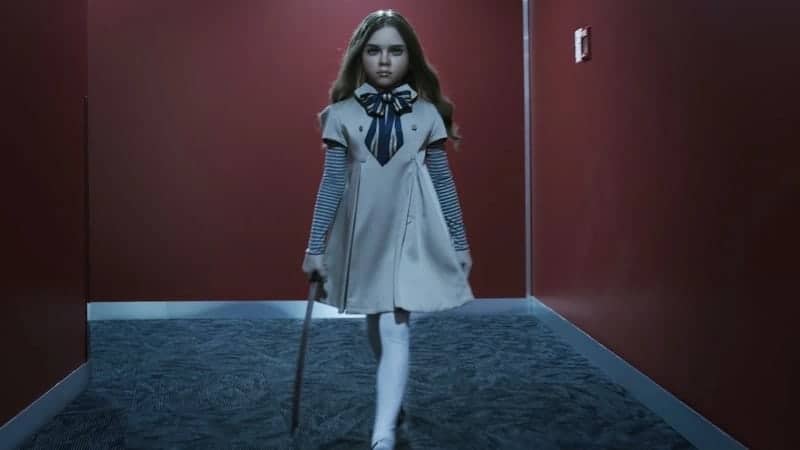
When the first trailer for M3GAN dropped, the horror world collectively held its breath. Did we just meet a new modern horror icon? If the millions of memes that were born from the trailer alone is any indication — yes, yes we did just meet a new horror icon. Even better? It’s from the same team that brought us our last horror icon, Gabriel from Malignant. So it’s no wonder then that M3GAN and her TikTok-style dance moves are also dripping with the same mix of camp and horror that we voraciously gobbled up in Akeela Cooper and James Wan’s last film.
While the PG-13 rating didn’t let audiences see M3GAN in all her gory glory, with the film’s overwhelming popularity both in and out of the genre, we can only assume the inevitable M3GAN 2.0 will deliver the goods, and dial up the intensity, just like Child’s Play 2 before it. (Jacob Trussell)
8. Kayako (The Grudge)
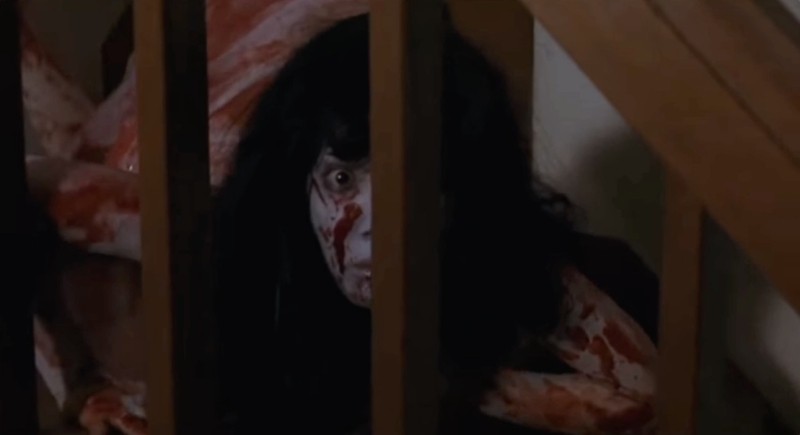
With Hideo Nakata‘s Ring debuting in 1998, and Ju-On coming out in 2002, Sadako just misses the cutoff date for our list while Kayako comes right in under the line. And while Sadako and Ring have arguably had the bigger cultural impact globally, considering the world we’d face in the years after 2000, I find that Kayako is a far more appropriate analogue for the new millennium. An embodiment of agony, death, and vengefulness, Kayako — and by extension her son Toshio, and their cat Mar — is a revenant filled with violent despair after being senselessly murdered by her husband. That rage creates a curse over the house they once called home. Now, anyone who steps foot inside is doomed to be haunted by Kayako, Toshio, and Mar until they fall victim to the curse themselves. It’s a sick cycle of abuse that would have resonated with weary audiences in the years following September 11th.
Beyond the sheer power of the story, what I believe has vaulted Kayako into modern horror icon status is how the character has practically become the textbook definition of an Onryō; what western audiences would call “creepy girl ghost in Japanese horror movies.” Sadako may have introduced the Onryō to global audiences, but I find that Kayako perfected it, down to the skin-crawling croaking noise that has now become synonymous with this type of character. (Jacob Trussell)
7. Jennifer (Jennifer’s Body)
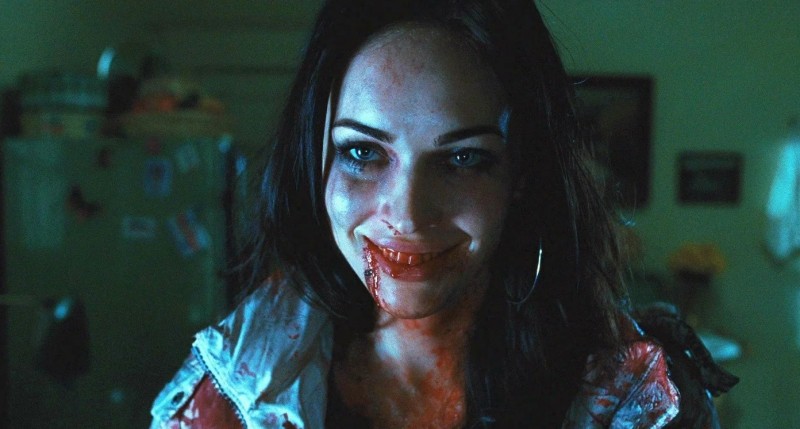
It is fitting, if profoundly sad, that Jennifer of Jennifer’s Body only became a true horror legend in the decade following her film’s release. While Karyn Kusama’s horror-comedy is now largely appreciated as a vicious commentary on both real-world gender violence and the rape-revenge genre, back in 2009, the film was dismissed as “Twilight for boys,” among other things. The audible “whooshing” noises were annoying, but you learned to live with them. Thankfully, the ever-patient “Jennifer’s Body is good, actually” defenders emerged victorious. And Jennifer, for her part, ascended as the blood-soaked patron saint of weaponized objectification. Hair slicked back, mouth coated in boy flesh, prom dress stained crimson: she was, and is everything. A would-be sacrifice for silly boys turned avenging Fury, Jennifer is a marvelous monster, tragic and fearsome in equal measure. Long may she reign. (Meg Shields)
6. Patrick Bateman (American Psycho)

People said that you could never adapt Bret Easton Ellis’ novel American Psycho. It’s too violent, too misogynistic, and too racist to pull off without watering down the source material. Guess what: they were right. Which is what makes the film by director Mary Harron and writer Guinevere Turner an adaptation that surpasses the book in almost every way. They haven’t diluted the source material by playing down the abject horror from Ellis’ novel. They just don’t let excess suffocate the story’s underlying satirization of the business class as embodied by Patrick Bateman (Christian Bale). A satirization that, in the form of Ellis’s novel, can be lost on less-than-discerning readers. Bale’s Bateman is a pitch-perfect actualization of Ellis’ character. He has a chiseled physique and expensive clothes that thinly mask the monster lurking inside of him. Bateman is the perfect killer for corporate America in the 2000s and an equally perfect modern horror icon. Even if that killer sometimes just wants to dish about the latest tracks from Huey Lewis and the News. (Jacob Trussell)
5. The Pale Man (Pan’s Labyrinth)
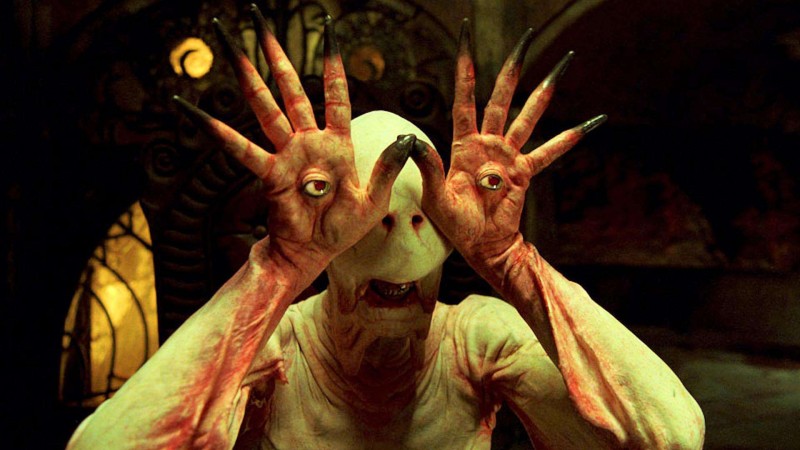
Pulling double duty, Doug Jones gets sealed inside The Pale Man and delivers a nightmarish performance that will live forever in paintings, statues, and action figures. Pan‘s Labyrinth overflows with imagination and emotion. The film can’t run five minutes without unveiling some glorious new wonder. Still, this central sequence where Ofelia must retrieve a magical dagger without feasting upon the Pale Man’s mighty spread stands deliciously and wretchedly apart from the rest. Naturally, Ofelia can’t resist temptation and awakens the child-eating beast when she snacks on a few grapes. The slow chase that results lives permanently in our cultural memory. It’s a sticky, icky, delightful moment that you remember through crossed fingers over your eyes, but beneath that straining glance is always a smile. The creature’s immortality is due to the situation it occupies, the design it wears, and the actor who pulls its strings. (Brad Gullickson)
4. The Babadook (The Babadook)
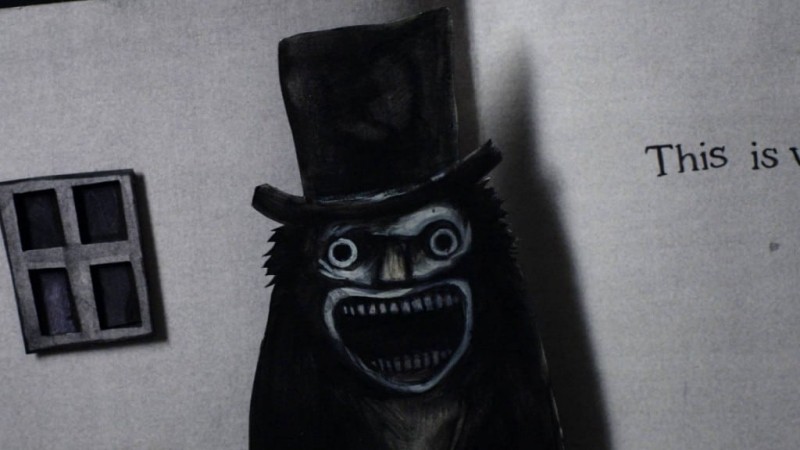
If it wasn’t for Netflix, would The Babadook make this list? Most likely. Jennifer Kent’s film is well made and the character she created is S-Tier in the “child’s worst nightmare” department. With his top hat, a shock of hair, and toothy grin, the ‘dookster has a brilliantly creepy charm that gives us something fun to grasp onto as we watch what is ultimately a very somber horror story about a family ripping apart at the seams. But The Babadook’s status as a massively well-known nouveau horror icon is really all thanks to an accident. In 2016, Netflix’s algorithm unintentionally labeled The Babadook as an LGBTQ movie. Someone on Tumblr found that funny, and the rest of the internet found it even funnier, and overnight, a new gay horror icon was born, and renewed attention was brought to Jennifer Kent’s darkly beautiful film. (Jacob Trussell)
3. Gabriel (Malignant)
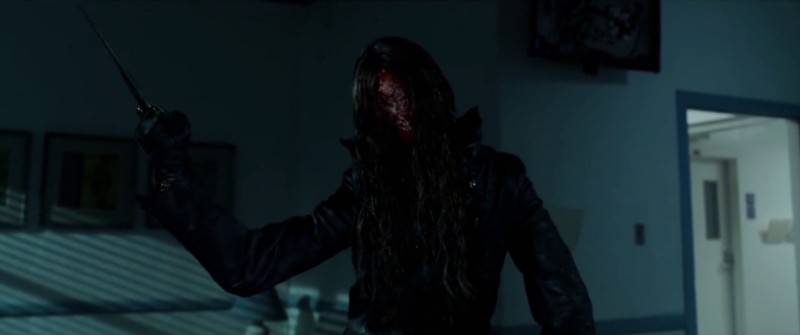
Malignant was the perfect gift for horror fans as the world continued to reckon with the COVID-19 pandemic. Seemingly out of the blue, James Wan dropped on us one hell of a surprise. A block of Grade-A cinematic cheese, served with a straight face that made audiences do a collective double take. “Is this pseudo-giallo meant to be so funny?” I asked myself before realizing that yes, actually, all the campy antics are intentional.
And what erupts from the intersection of camp and horror? A movie maniac like Gabriel. He’s a parasitic twin who gruesomely reveals himself by forcing his way out the back of our heroine Madison’s head. Much like that old Fred Astaire-Ginger Rogers quote, Gabriel can do everything Madison does, except backward, and with a big-ass knife. Does that stop him from slinging a chair completely across a room to peg a security guard in the back? Absolutely not. (Jacob Trussell)
2. Black Phillip (The Witch)
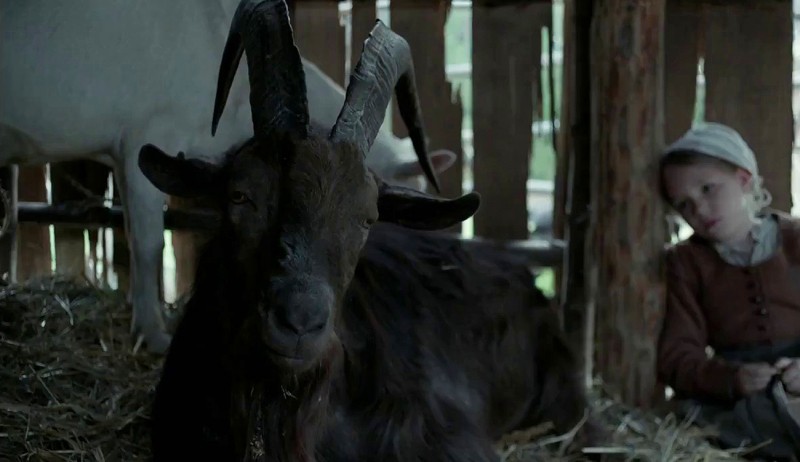
Goats have been a part of the horror scene for ages, and they really only have themselves to blame. Have you ever seen their eyes?! Haxan (1922), The Church (1989), Drag Me to Hell (2009) — goats and goat-headed figures typically signify something devilish is afoot. One of the best examples of this, and one of the few to see the goat get his own damn name, is The Witch‘s creepy-as-hell Black Phillip. The beast sits in the background stirring up trouble, but his rise to power eventually sees him murder, corrupt, and transform into the devil himself. It’s arguably one hell of a performance by the goat, but credit should still be given to the film’s director, editor, and animal trainer. (Rob Hunter)
1. John “Jigsaw” Kramer (Saw)
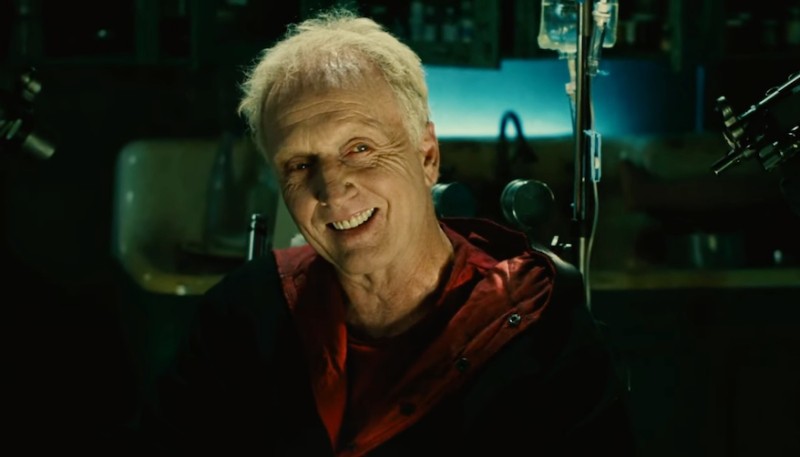
I’ll never forget the moment in the original Saw film when (spoilers, I guess?) John “Jigsaw” Kramer rises from the floor, revealing that the dead body literally at the center of the film has been alive the entire time. My mom and I were thrilled because, really, who saw that coming, amirite? This shocking twist was the champagne on the bow of a ship called “Jigsaw is a new horror icon”.
But what has cemented Jigsaw’s status is the way Tobin Bell develops this character over the subsequent sequels. Luckily, Jigsaw has something few other movie maniacs have: a real reason for us to feel sorry for him. The later Saw films smartly focus on John Kramer’s slow death due to cancer, and through Bell’s nuanced performance, we’re given equal reason to hate and pity the man. This choice by creators James Wan and Leigh Whannell gives the character tragic dimensions we don’t really see in other lasting horror icons. Jigsaw is a man that was fucked over by the system in so many ways that his natural thirst for vengeance—while a little extra—feels strangely deserved. (Jacob Trussell)
It takes a lot of effort to become a horror icon, but it takes a lot less to just read about them on more 31 Days of Horror Lists.
Related Topics: 31 Days of Horror Lists, Horror

Recommended Reading



